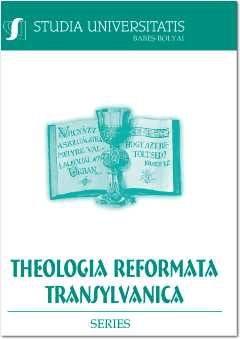AZ ARCSZÍN ELVÁLTOZÁSÁNAK FILOLÓGIAI ÉS ANTROPOLÓGIAI KÉRDÉSEI AZ ÓSZÖVETSÉGBEN
CHANGES IN THE FACE COLOUR IN THE OLD TESTAMENT: PHILOLOGICAL AND ANTHROPOLOGICAL OBSERVATIONS
Author(s): Áron NémethSubject(s): Biblical studies
Published by: Studia Universitatis Babes-Bolyai
Keywords: Old Testament anthropology; emotions; face colour/complexion; conceptual metonyms/metaphors;
Summary/Abstract: One of the most obvious somatic signs of emotional reactions is a change in complexion (mainly paleness or redness), which can also be found in the Hebrew texts of the Old Testament. Their exact translation and interpretation, however, are debated. We start with the analysis of Nah. 2:11, in which the meaning and etymology of the term פָּארוּר (11bβ) are unclear, and the interpretations are controversial. In my view, the question of meaning can be answered not by an etymological approach but rather by the closer examination of the structure of the text and the identification of the conceptual metonyms and metaphors in it. The philological question relates to the possible translation of these physiological phenomena, and the anthropological question concerns the possible cultural differences in the conceptualization of certain emotions (particularly fear and shame). The topic of the change in facial colour concerns other biblical and extra-biblical texts. Some passages from the books of Isaiah, Jeremiah, and Daniel are important, while from the ANE context the Ugaritic Baal myth and the Vassal Treaties of Esarhaddon seem to be relevant.
Journal: Studia Universitatis Babeș - Bolyai Theologia Reformata Transylvanica
- Issue Year: 66/2021
- Issue No: 1
- Page Range: 7-30
- Page Count: 23
- Language: Hungarian

